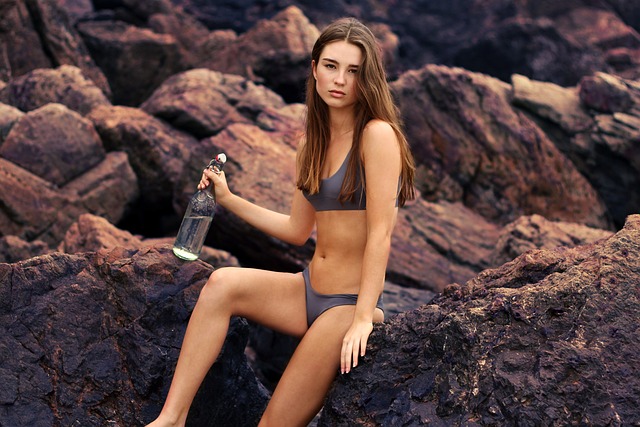In the vibrant world of photography, the mastery of composition is pivotal to creating powerful and evocative images. One crucial element in this intricate dance of artistry is the model. Whether you are capturing a moment of spontaneity or meticulously planning a portrait session, understanding how to work with your model can significantly enhance your photographic storytelling.
When we think about photography, it’s often the subject that captures our eye first. Models serve as the focal point, breathing life into the frame. It’s essential to develop a rapport with your model, allowing them to feel comfortable and confident in front of your camera. This connection not only helps in capturing authentic emotions but also in establishing a harmonious interplay between the model and the environment.
Optics play a vital role in achieving the desired composition. The choice of lens can dramatically change how your model is presented. A wide-angle lens can bring a sense of grandeur to your subject, particularly in landscape photography, while a prime lens can create stunning bokeh, allowing your model to stand out against a blurred background. Experimenting with different apertures will also help you to determine how much of the scene you want to capture, directing the viewer’s attention precisely where you desire.
Lighting, another key component of photography, is equally important when working with models. Natural light often produces the most flattering results, but using artificial lighting can open new artistic avenues. Understanding how to manipulate shadows and highlights can transform your images, adding depth and dimension that highlight your model’s features.
When considering composition, remember that the placement of your model within the frame can dramatically influence the image’s impact. Using techniques like the rule of thirds can guide you in positioning your model effectively, drawing viewers’ eyes naturally to the subject. However, don’t hesitate to break the conventions of traditional composition; sometimes, an unconventional approach can yield stunning, thought-provoking images.
As you delve deeper into photography, focus on how your model interacts with the surroundings, allowing elements of the environment to enhance the narrative of your photograph. Capture candid moments that speak volumes or orchestrate poses that reflect emotion—each image becomes a story waiting to unfold.
Ultimately, mastering composition in photography is not only about technical skills with your camera and optics, but also about understanding the essence of your model. Be it through subtle expressions or dynamic movements, honing your ability to collaborate with your subject will lead to images that resonate deeply with viewers. Embrace the art of composition and unleash the full potential of your photography journey.



